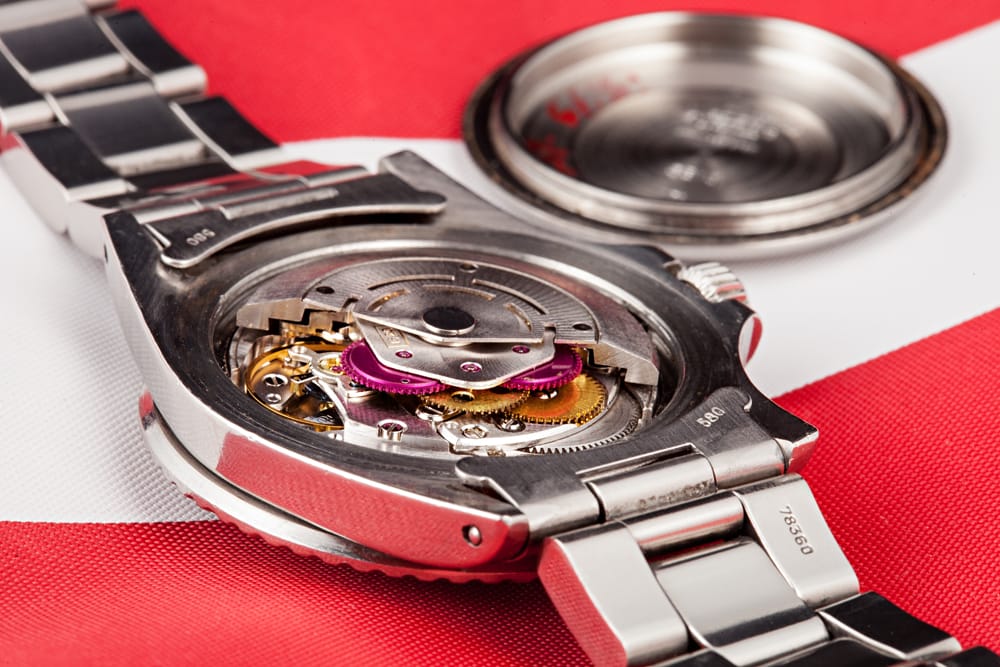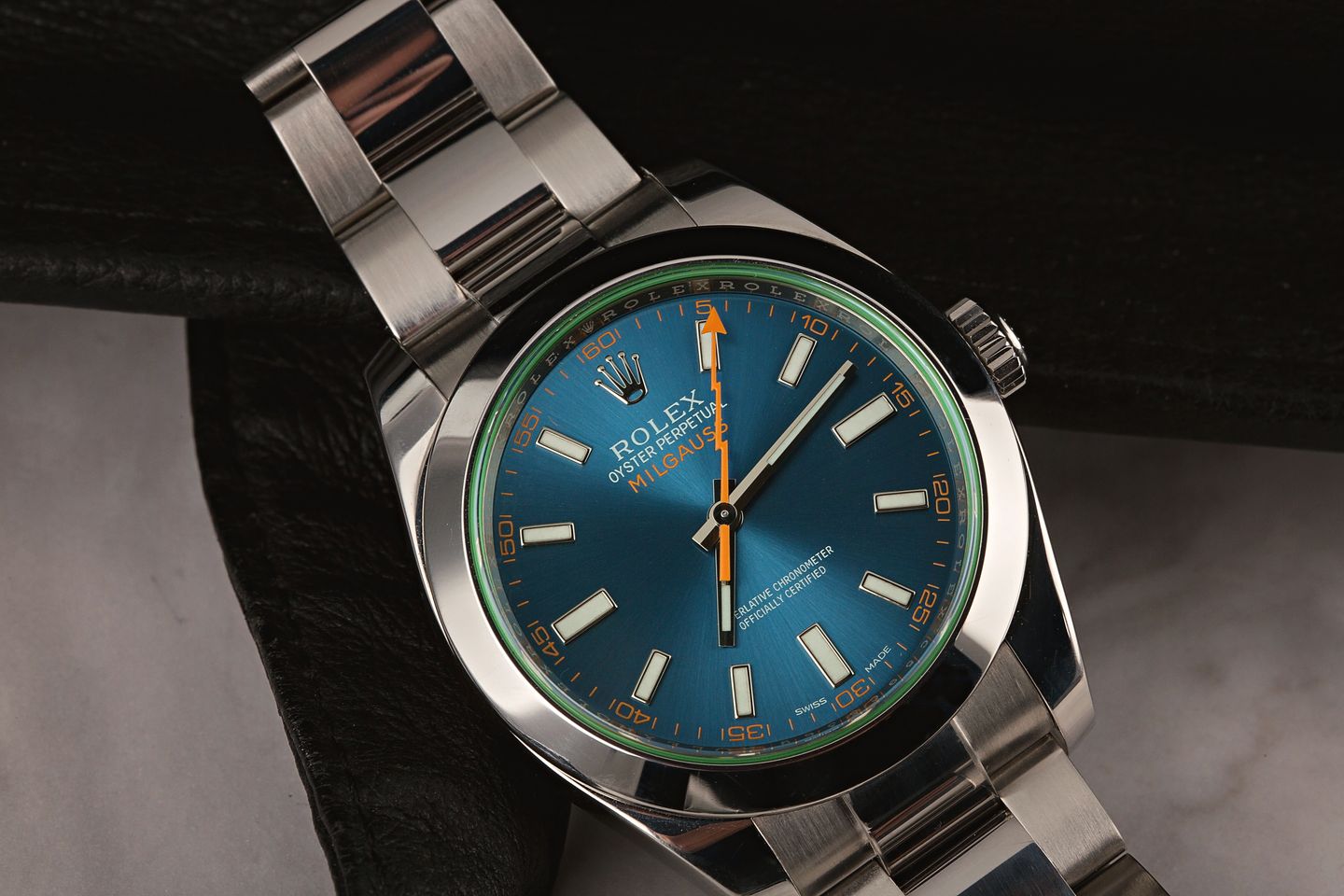As a Swiss-trained watchmaker myself, I am often asked questions regarding the self-servicing of Rolex watches. These conversations tend to begin innocently enough, with the wide-eyed querier delicately approaching the subject of mangling the innards of their (often deceased relative’s) luxury timepiece by asking me how one opens a watch case.
It sounds like the questioner in this scenario is merely curious in my profession and asking simple but encouraging questions. Almost exclusively they are not. Almost exclusively their fingers are twitching in their pockets, itching to get home and crack open an heirloom and set to work destroying the craftsmanship to which the decades had been kind.
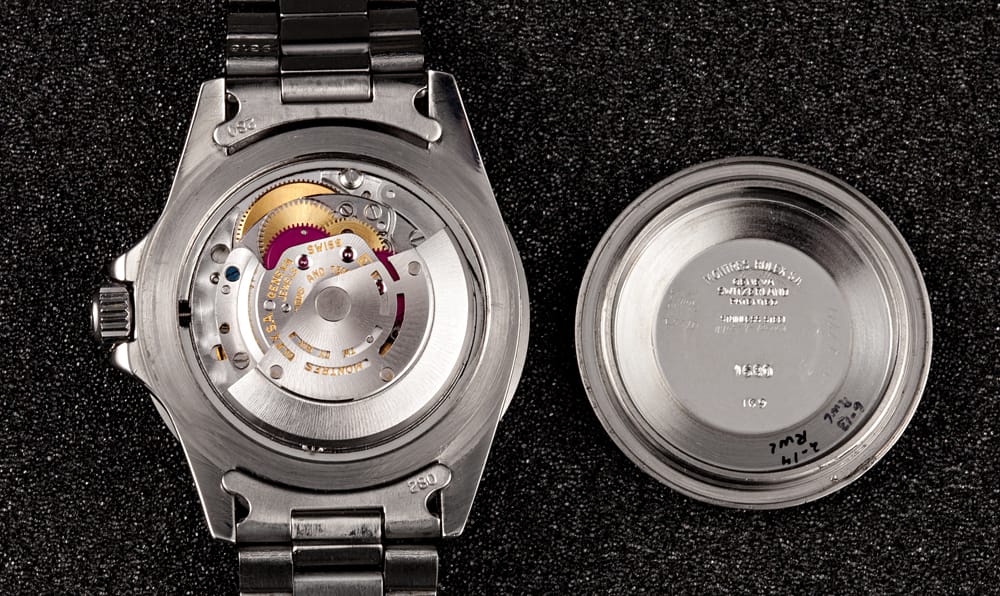
And so when untrained lovers of horology ask me how to open a watch case, I answer with one simple word: Don’t.
But I’m not an idiot. I know people only hear what they want to hear. So if I don’t tell them the best way to do it – while constantly reminding them to ask a professional for assistance, if at any point they find themselves out of their depth – they’ll just find some hack on YouTube and do whatever they say, even if they’re advising a quick solution to tricky pivot lubrication is a dip in a WD40 bath.
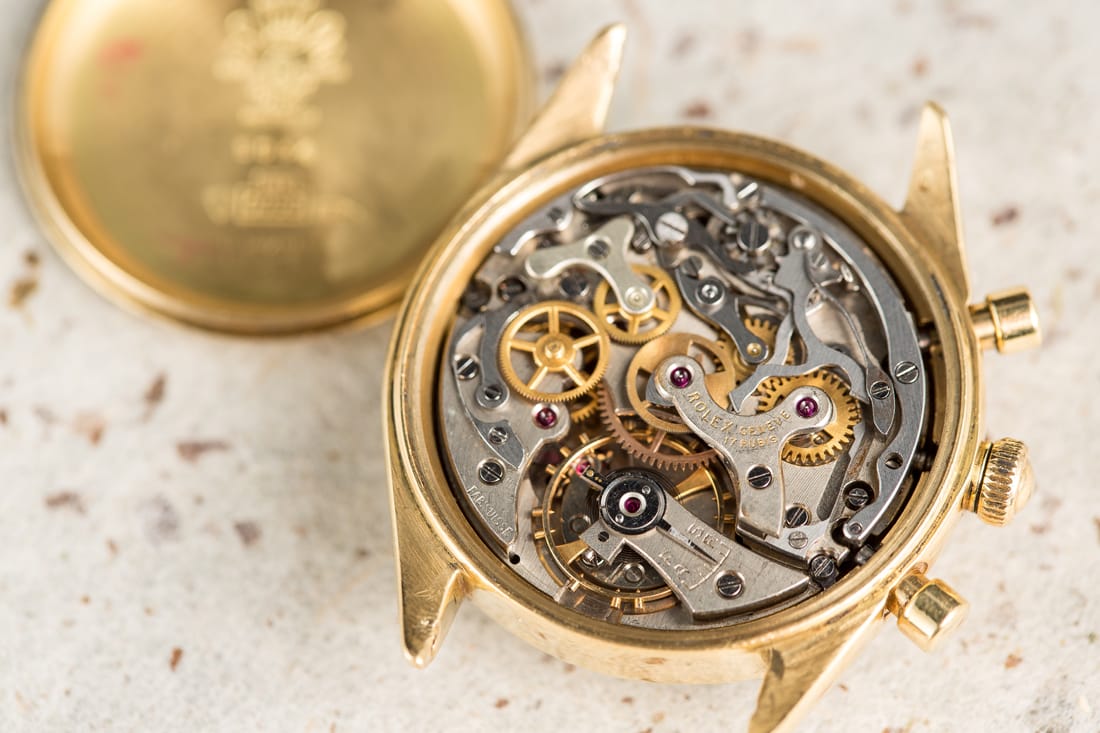
So here’s the thing: Opening up a mechanical watch is risky. A lot can go wrong. Even the act of opening a case can cause irreversible damage to it if the incorrect tools or temperament are used. Once inside, the movement will likely be exposed to the elements, so make sure you are working in a clean, dust-free environment as best you can.
Every caseback is different. Some are screwed down with screws, some are threaded and screwed in place, some snap-on, some use a bayonet fastening, and some don’t exist at all (there are some, old fashioned and extremely annoying-to-work-on watches that require the glass to be blown out by attaching a pump to a crown tube once the split-stem crown has been successfully removed).
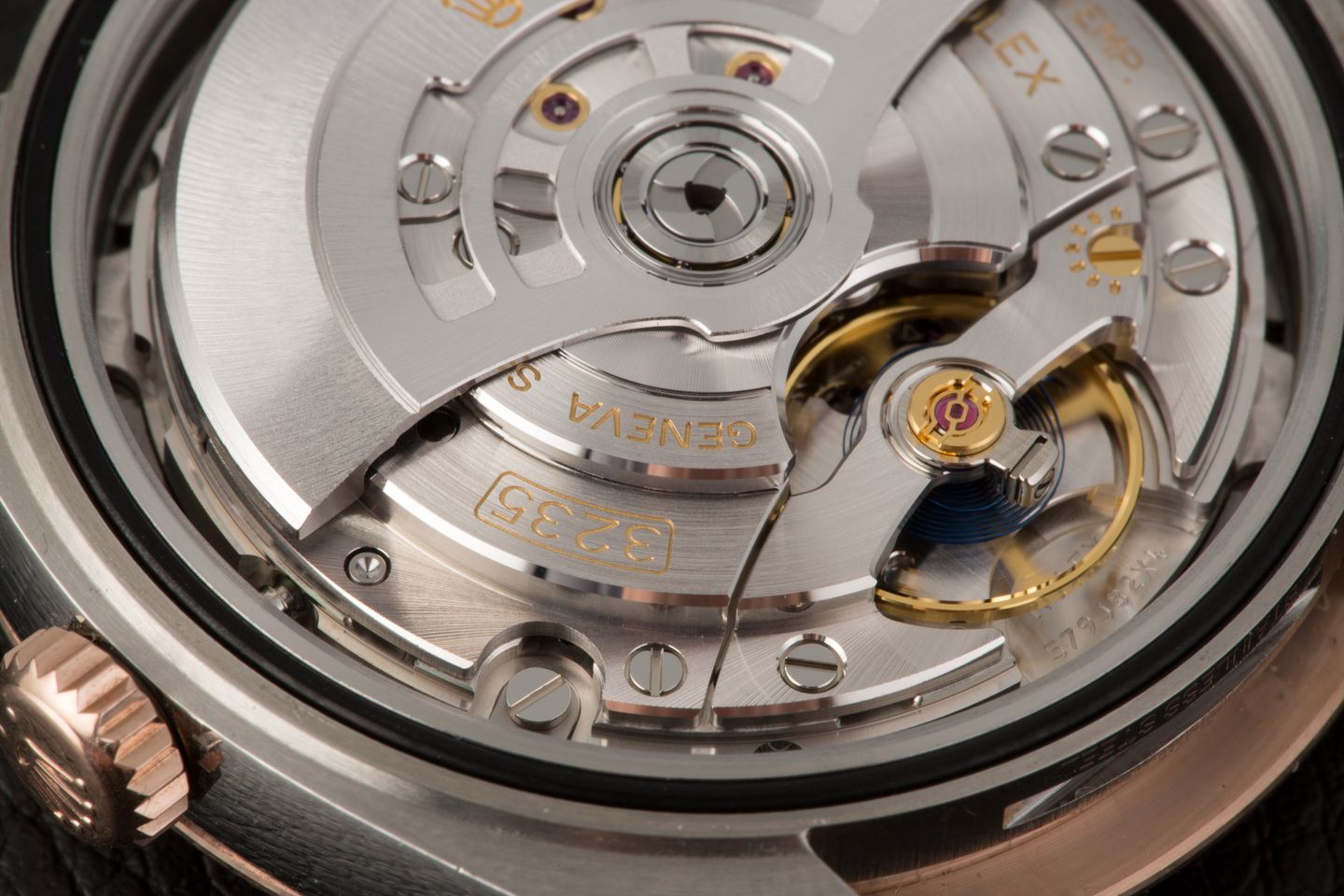
How to Open a Rolex Watch
Since we’re a Rolex-centric blog, let’s focus on the cases of modern Rolex watches. Rolex is famous for its case design. The Oyster case put the brand on the map, and as such, every component is a functional one. The fluted bezel was conceived as a way of locking the glass to the case (effectively a threaded case “front”). However, today the fluting is purely decorative as modern Rolex bezels no longer thread onto their cases as the means of attachment. The threaded caseback is also fluted but with much finer grooves around the rim, for use with a specific tool used to screw/unscrew it from the watch.
Please, please, please ensure the tool you are using is either a Rolex-made tool (which are NOT easy to come by) or a very good quality aftermarket substitute that is specifically made for the job. Rolex doesn’t take too kindly to self-services, so leaving any trace of your infiltration is probably wise.
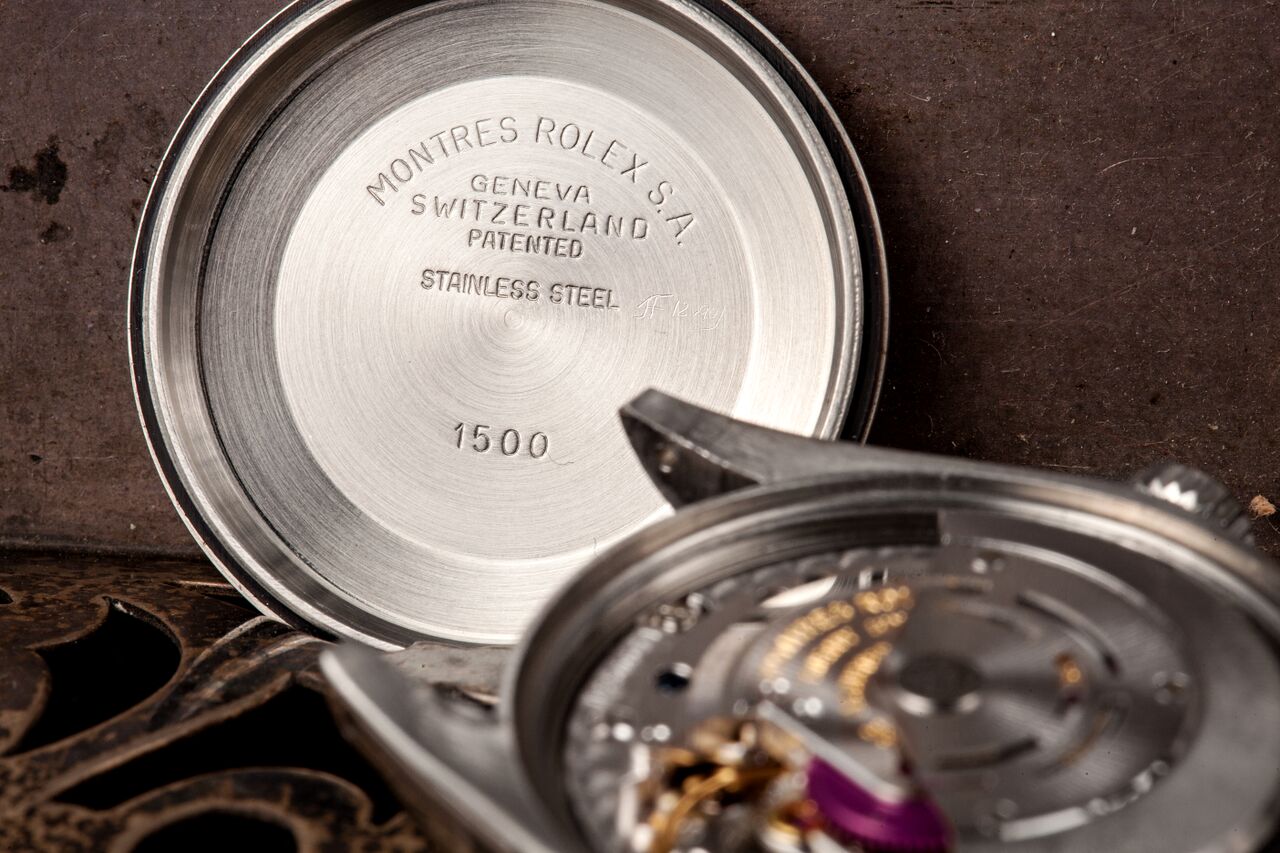
A risk-free but potentially half-baked alternative is to use a rubber ball. Although it sounds (and looks) a bit crazy to the outside world, a rubber ball (mine is green) about three inches across, can be used to open many threaded casebacks. One simply presses the green rubber ball hard into the caseback (to which it supposedly sticks) before twisting in a counter-clockwise direction. Rolex casebacks tend to be on pretty tight, but this method is the one I would try first if I were a true amateur, simply because you couldn’t damage the case with the ball, even if you tried.
However, there is always the potential for you to drop the watch while attempting to open it. For that reason, invest in a well-fitting pair of watchmaking gloves (the cloth kind, avoid the latex until you’re actually inside the thing). Chances are, however confident you think you are, your palms will start to sweat when you come to work on a watch you’ve never been trained to service (don’t be embarrassed by this. My palms still sweat and I’ve been doing it for years). To be honest, the lack of qualifications and fear is probably a guarantee you’re about to mess it up. So relish the doubt, and tread very carefully indeed. Who knows? It might turn out you’re a natural horologist after all!
